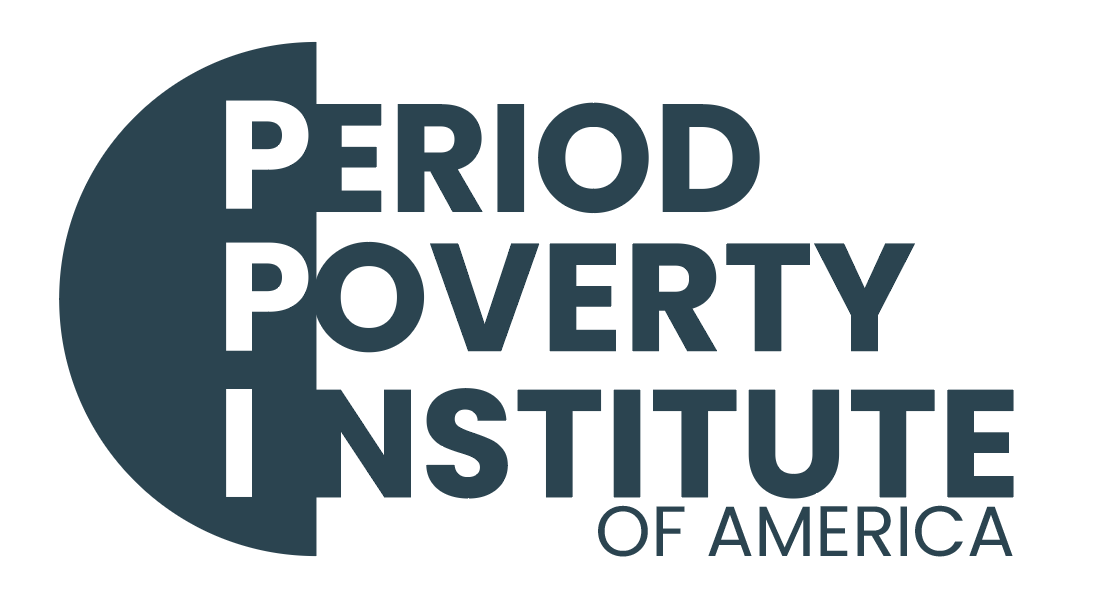Period Poverty rarely occurs in isolation. It often travels through generations, entangled with poverty, limited healthcare, and gender-based stigma. When menstruation becomes a barrier to school, work, or mental health, the consequences echo across family lines.
Households affected by chronic poverty often lack access to menstrual health education or financial literacy. This can result in a knowledge gap that limits opportunities for advancement. Girls raised in these conditions may inherit not just economic hardship but also the social silence surrounding menstruation.
Social mobility is difficult in communities facing generational poverty. When period products are unavailable, health outcomes suffer, and educational attainment drops. These early barriers often shape lifelong outcomes.
Menstrual equity organizations focused on systemic change are working to break these cycles. Their efforts target schools, shelters, and healthcare providers to ensure that the next generation has what their parents did not: the dignity and stability that comes with consistent, shame-free access to basic care.
SOURCES:
Chetty, R., Hendren, N., Kline, P., & Saez, E. (2014). Where is the land of opportunity? The geography of intergenerational mobility in the United States. American Economic Review.
Wilson, W. J. (2019). The truly disadvantaged: The inner city, the underclass, and public policy. Brookings Institution Press.
Duncan, G. J., Kalil, A., & Ziol-Guest, K. M. (2012). Economic deprivation & early childhood development. National Bureau of Economic Research.
